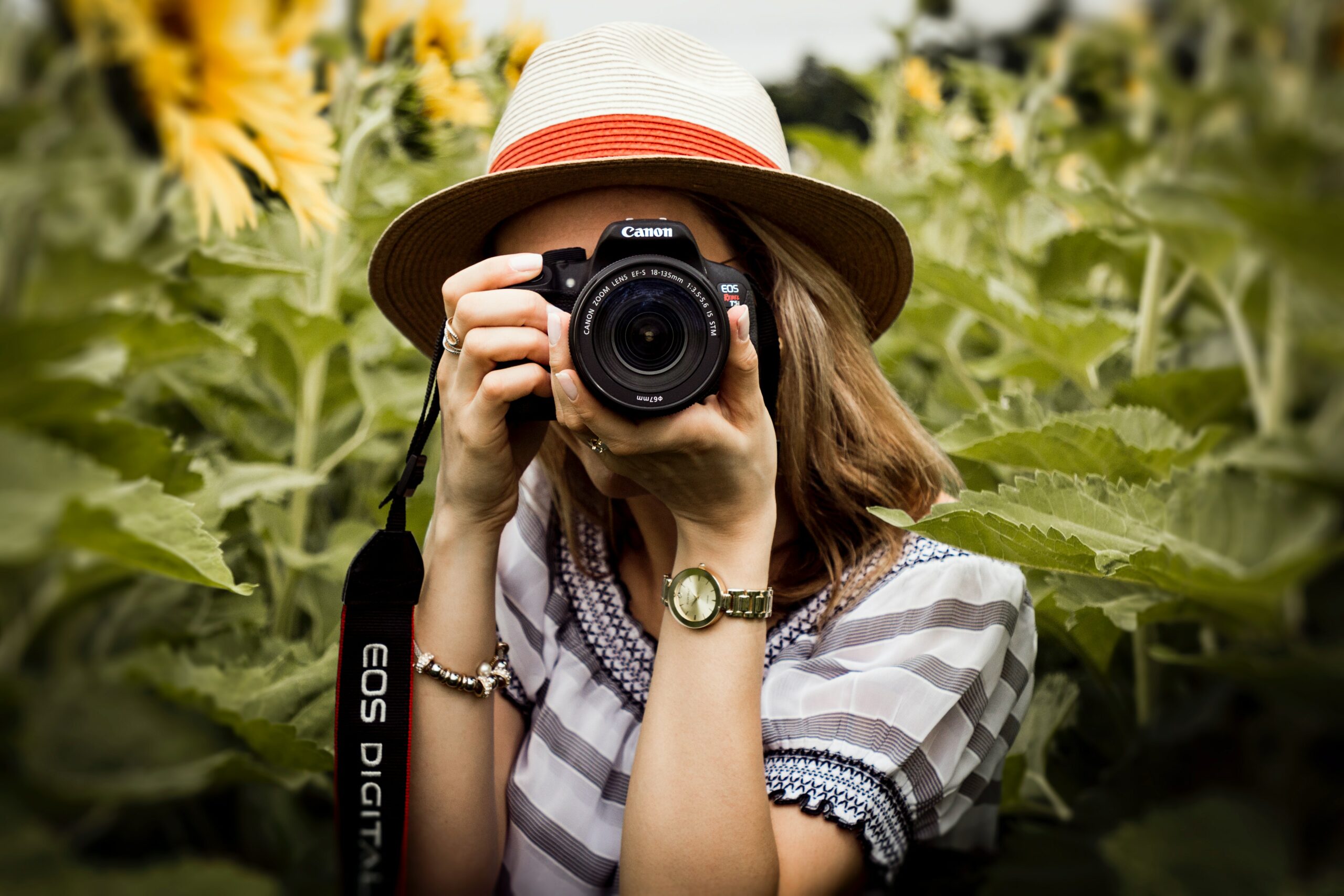4 Filters Every Good Photographer Should Have
Now that everyone uses image-editing software to modify their digital photos many people assume that physical filters are an expensive luxury. While some filter effects are easy to duplicate in the digital darkroom others are much easier to achieve with the actual filter. If you prefer spending time with your camera rather than your mouse, then consider these four essential filters.
1 UV Filter
Think of your UV filter as the default filter that sits on the front of your lenses at all times. Originally, UV filters were designed to remove haze caused by ultraviolet light reflecting off dust in the air. Modern digital cameras remove all ultraviolet haze themselves, so a UV filter is useless in this respect. What a UV filter does do is protect your lenses from bumps and scratches. It is much cheaper to replace a UV filter than to have a lens element reground or replaced.
2 Circular Polarizing Filter
Circular polarizing filters deepen the intensity of blue skies and saturate colours. They are essential for outdoor photography, especially on sunny days. Polarizers also reduce reflections on the surface of water and glass, and generally reduce glare. The great advantage of circular polarizers is that you can modify their effect by twisting them on the front of your lens. This means you can play around with the effect and decide what looks best for each shot.
A polarizing filter is at its most effective when it is used at right angles to the sun. They eat up light so you may need to use a tripod if you are taking landscape photos with a circular polarizing filter. Using a tripod for landscapes is always a good idea anyway! The colour-intensifying effect of a polarizing filter is very hard to duplicate in the digital darkroom.
Read also – 7 Surprising Things Your iPhone Can Do
3 Neutral Density Filter
A neutral density filter or ND filter darkens your photos by cutting out a percentage of the available light. Since photographers spend most of their time chasing after light this may seem like a crazy thing to do. ND grads however are extremely useful to both landscape and travel photographers. Using an ND grad filter allows you to cut out enough light to create motion blur during the day. This means that you can take photos of blurred commuters getting off trains, or blurred crowds at a festival. For landscapes use your ND grad to get blurred waves and flowing streams. ND grads also allow you to reduce depth of field and get beautiful bokeh in bright light.
4 Graduated Neutral Density Filter
Graduated neutral density filters or ND grads are large square filters that are vital for serious landscape photography. The top half of an ND grad filter is brown and works like a normal ND filter, blocking out a proportion of the available light. The bottom half is similar to a UV filter and doesn’t block out any light. The transitional zone between the two sections is gradual. ND grads allow you to balance out bright skies and darker foregrounds without having to use multiple exposures and image-editing software. To use an ND grad filter simply align the transition zone with the horizon and take your photo. You can either manually hold the filter over the front of your lens, or buy a specialist filter holder.
Using the best filters can help you get the best photos so be smart when choosing the one for yourself. Are you fond of photography? What filters do you use? Share your secrets with us, please.
